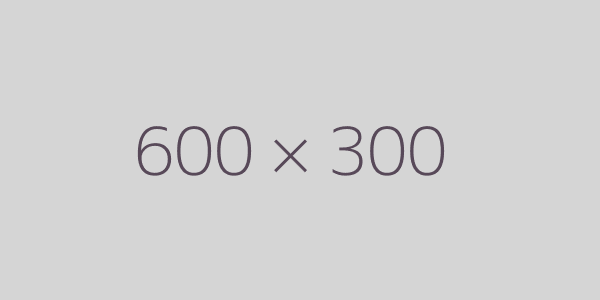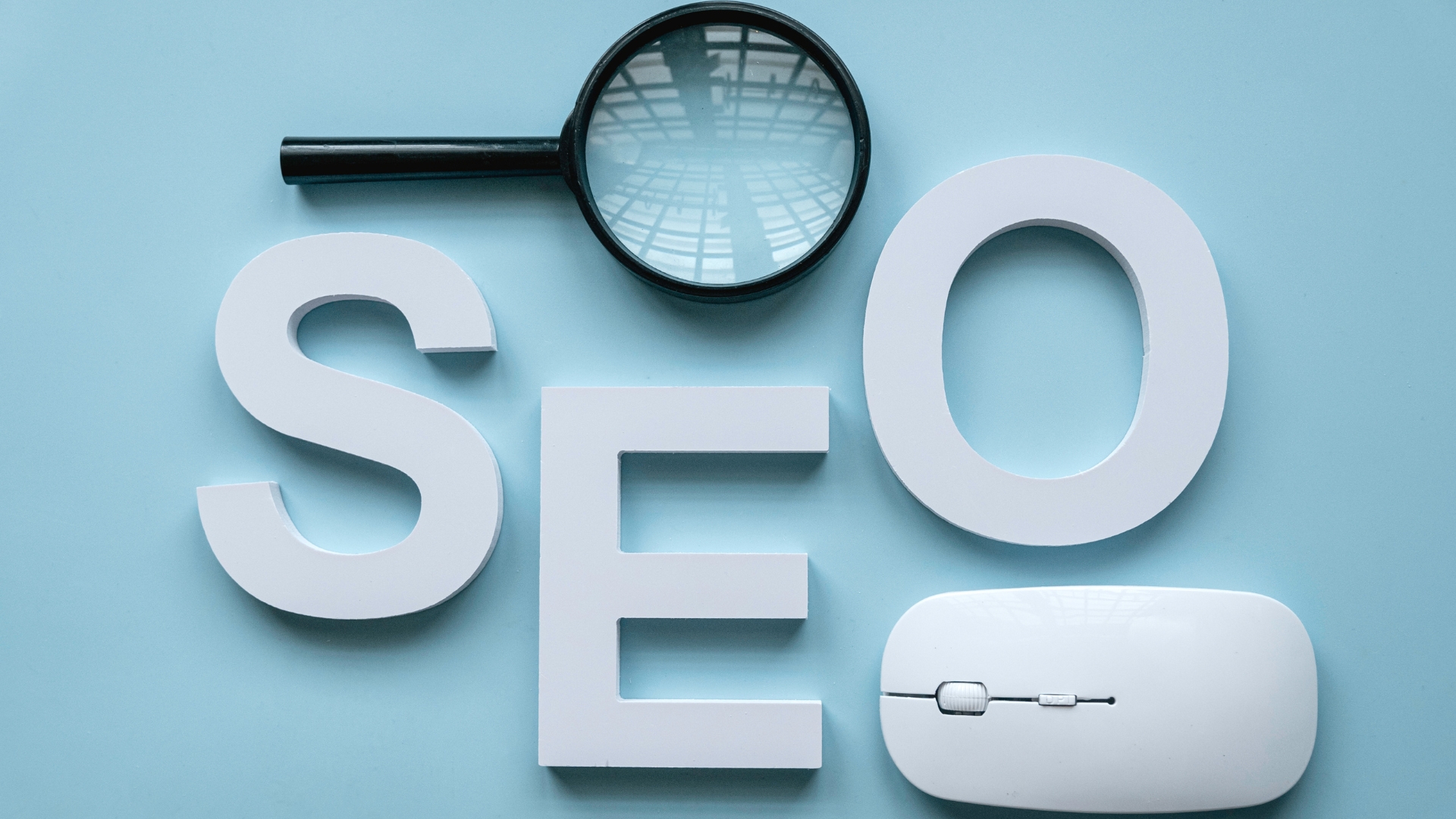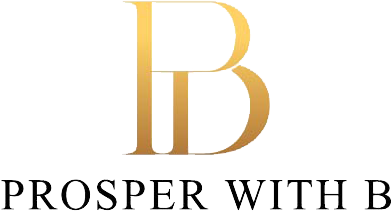In today’s fast-paced digital world, selling products online offers incredible opportunities for creators and entrepreneurs. Yet, as more people jump into this space, standing out becomes a real challenge. Paid advertising steps in as a vital tool to cut through the clutter and reach the people who need your digital products most. Whether you craft e-books, design online courses, or develop software, paid ads can transform your business by driving targeted traffic straight to your offerings.
This guide aims to equip you with everything you need to succeed with paid ads. From picking the perfect platforms to building a funnel that turns clicks into sales, you’ll discover actionable steps to grow your online venture. Let’s dive into this journey together and unlock the potential of paid advertising for your digital products.
Why Paid Ads Are Essential for Scaling Your Online Business
While organic methods such as SEO, social media marketing, and content marketing can be effective in driving traffic to your digital products, they are not sufficient for sustainable growth. Here’s why:
The Limitations of Organic Traffic
Organic traffic methods such as content marketing, SEO, and social media posting provide valuable foundations for any digital business. These approaches build credibility and create sustainable traffic sources over time without direct costs per visitor. However, reliance solely on organic methods presents several significant challenges for digital product sellers who want to grow quickly.
Organic strategies require substantial time investments before yielding meaningful results. New content needs months to rank well in search engines, and social media accounts must build followers gradually through consistent engagement. This slow timeline delays revenue generation and extends the path to profitability. Furthermore, algorithm changes frequently disrupt organic traffic patterns, creating instability in your business model. The constant content creation demands also pull focus from product development and other critical business functions.
How Paid Ads Fill the Gap
Paid advertising solves the core challenges that organic methods present by offering immediate traffic on demand. When you launch a new product, paid campaigns can drive qualified visitors to your sales page within hours rather than waiting months for organic traction. This immediate feedback loop allows you to test offers, copy, and creative elements quickly to determine what resonates with your target audience.
The precise targeting capabilities available through paid ad platforms enable you to reach exactly the right customers based on demographics, interests, behaviors, and even purchase intent signals. This targeting precision reduces wasted ad spend on unqualified traffic while increasing conversion rates. Additionally, paid campaigns provide scalability that organic methods cannot match. Once you identify profitable ad combinations, you can simply increase your budget to multiply your results proportionally.
Understanding Paid Ads Platforms
Several platforms offer paid advertising opportunities that can benefit your digital product sales. It’s essential to understand the strengths and unique features of each platform to determine which ones are best for your business goals.
1. Facebook Ads
Facebook Ads is a titan in the world of digital advertising, boasting over 2.9 billion monthly active users. This enormous user base spans nearly every demographic, making it a versatile choice for almost any digital product. What truly sets facebook apart, is its unparalleled targeting capabilities. You can pinpoint your audience with laser precision using factors like:
- Demographics: Age, gender, location, income level, and more.
- Interests: From fitness enthusiasts to sci-fi fans, based on pages they like or content they engage with.
- Behaviors: Shopping habits, device usage, or even recent life events like getting married or moving.
- Custom Audiences: Upload your email list to target existing customers or create lookalike audiences to find similar users.
Imagine you’re selling a digital budgeting planner. You could target women aged 25-40 in urban areas who follow personal finance blogs and have recently searched for money-saving tips, all in a few clicks. Facebook also offers a rich variety of ad formats to showcase your product creatively:
- Single Image Ads: A striking visual with a concise call-to-action (CTA) works wonders for quick conversions. Pair a vibrant planner screenshot with “Download Now” to grab attention.
- Video Ads: These let you demonstrate your product in action—a 30-second clip showing how your budgeting tool simplifies finances could boost engagement.
- Carousel Ads: Display multiple images or features in one ad. For a course, highlight different modules (e.g., “Budgeting Basics,” “Debt Management”) to entice learners.
- Collection Ads: Perfect for e-commerce-style digital products, these feature a main image or video with a grid of related items below, linking directly to your sales page.
Check out The Best Facebook Ad Strategies for Digital Product Sellers on our blog. It’s packed with tips to turn your ads into profit machines.
Google Ads
Google Ads takes a different approach, focusing on intent rather than identity. With Google handling over 3.5 billion searches daily, it connects you with users who are actively looking for solutions your digital product provides. This makes it ideal for products tied to specific needs, like online courses, software subscriptions, or how-to guides. Google Ads operates primarily on a pay-per-click (PPC) model, meaning you only pay when someone clicks your ad. Here’s how its main formats work:
- Search Ads: These text ads appear above or below Google search results when users enter relevant keywords. Selling a “Python Programming Course”? Bid on terms like “learn Python online” or “best coding tutorials.” You can customize your ad with a headline (e.g., “Master Python in 30 Days”), a description, and a URL. Extensions like site links or callouts (“Free Trial Available”) add extra appeal.
- Display Ads: These image or video ads run across Google’s Display Network, which includes millions of websites, apps, and YouTube. They’re less about immediate intent and more about brand awareness or retargeting. For example, show a banner ad for your coding course to someone who visited your site but didn’t sign up.
- Shopping Ads: While more common for physical goods, these can promote digital downloads (e.g., e-books) with visuals and pricing directly in search results.
Google’s Keyword Planner helps you identify high-value search terms, while its Smart Bidding feature uses AI to optimize your budget for conversions. The platform excels for products with clear demand someone searching “fix my resume fast” is a prime candidate for your resume-writing e-course. If capturing high-intent buyers is your priority, Google Ads delivers.
Pinterest Ads
Pinterest Ads shines for digital products that thrive on visual appeal and inspiration. With 450 million monthly users, many of whom are planning purchases or projects it’s a goldmine for categories like design templates, planners, art prints, or creative workshops. Unlike other platforms, Pinterest users are in a discovery mindset, browsing for ideas rather than immediate solutions, which gives your ads staying power.
Key features include:
- Promoted Pins: These look identical to organic pins but get boosted visibility. A stunning image of your floral-themed printable calendar with a subtle “Shop Now” button blends seamlessly into users’ feeds. Since pins get saved and repinned, your ad can generate clicks long after its initial run.
- Rich Pins: These pull in real-time details like pricing or availability from your website. For a digital photography course, a Rich Pin could display “$49—Master Photo Editing Today” directly on the image.
- Video Pins: Short, engaging clips can showcase your product’s value—like a time-lapse of someone using your design template in Canva.
Pinterest’s audience skews heavily female (about 60%) and loves categories like home decor, fashion, and DIY, but niches like fitness or tech are growing too. Its visual-first approach demands high-quality, eye-catching creative think vibrant colors and clean layouts. If your digital product sparks inspiration or solves a creative need, Pinterest Ads can drive both engagement and sales. Our post on How to Run Pinterest Ads to Sell Digital Products walks you through it step by step. It’s a goldmine for tapping into Pinterest’s unique, discovery-driven crowd
Twitter & LinkedIn Ads
Twitter and LinkedIn serve specific niches within the digital product marketplace, each offering unique advantages for particular product types and audience segments. Twitter excels for time-sensitive offers, trending topics, and products with broad consumer appeal. The platform’s real-time nature creates opportunities for digital products that solve immediate problems or connect with current events and conversations.
LinkedIn provides unmatched access to professional and business audiences with precise targeting based on job titles, industries, company sizes, and professional skills. This specificity makes LinkedIn particularly valuable for B2B digital products such as business templates, professional development courses, and productivity tools. The platform’s professional context also supports higher price points than consumer-focused networks.
Both platforms offer multiple ad formats including image ads, video ads, carousel ads, and text ads. Twitter additionally provides promoted trends and moments for larger campaigns. LinkedIn offers sponsored InMail that delivers messages directly to user inboxes, creating highly personal touchpoints for premium digital products. For both platforms, video consistently outperforms static images for digital product promotion by demonstrating value more effectively.
Audience Targeting Considerations
Twitter’s targeting capabilities include interest categories, follower lookalikes, keyword targeting, and behavior segments. The platform performs best when targeting is built around specific conversations or communities rather than broad demographics. Target users who follow competitors or complementary products in your space to reach pre-qualified audiences with established interest in your product category.
LinkedIn targeting revolves around professional attributes that determine purchasing authority and need. Job title targeting reaches decision-makers directly, while company targeting allows focus on organizations that match your ideal customer profile. Skill-based targeting identifies users with specific professional capabilities that align with your product’s purpose. For higher-priced digital products, combine seniority filters with relevant industries to reach users with both interest and purchasing power.
Budgeting and ROI for Paid Ads
Money matters in paid ads, and smart planning keeps you in control. Set a budget you can handle, even if it’s modest at first. Many start with a daily cap—say $10—and watch how it performs. Your digital product’s price point guides this too. A $50 course needs less ad spend to break even than a $5 e-book.
ROI tells you if the effort pays off. Subtract your ad costs from the revenue they generate, then divide by those costs. Spend $200 and earn $800? That’s ($800 – $200) / $200, or a 300% return. Simple math, big insights. You’ll see which ads pull their weight and which need a rethink.
Stretch your dollars further with a few tricks. Test small campaigns first to spot winners, then pour more into what clicks. Watch your stats daily, and shift funds to top platforms or audiences. A tight budget can still grow your sales if you stay sharp and adjust as you go.
Setting Up a High-Converting Sales Funnel
Traffic alone does not guarantee sales. A strong sales funnel ensures visitors turn into paying customers.
Landing Page Optimization
A well-designed landing page increases conversions. It should have a clear headline, benefits-driven content, and a simple call to action. Removing distractions improves user focus.
Lead Magnets for Email Capture
Not everyone buys immediately. A lead magnet, such as a free ebook or webinar, captures emails. Follow-up emails build trust and push hesitant buyers toward purchasing.
Upsells and Order Bumps
Adding upsells or order bumps increases revenue per customer. If someone buys an ebook, offer them a related course at checkout. Small additions make a big impact.
Testimonials and Social Proof
New buyers need assurance. Reviews, testimonials, and case studies build credibility. Featuring them on the landing page increases trust.
Retargeting Strategies to Increase Conversions
Retargeting addresses the reality that most website visitors leave without purchasing despite potential interest in your offerings. For digital products, conversion rates from cold traffic typically range from 1-3%, meaning 97-99% of paid traffic exits without completing desired actions. Retargeting campaigns reconnect with these non-converting visitors through targeted ads across various platforms they visit after leaving your site.
This continued exposure maintains awareness while providing opportunities to address objections or hesitations that prevented initial conversion. The familiarity developed through multiple touchpoints builds trust incrementally, making eventual purchase decisions more comfortable. Retargeting campaigns typically deliver 3-5 times higher conversion rates than initial prospecting efforts while costing significantly less per click.
How to Start a Digital Product Business from Scratch includes establishing effective retargeting systems as a fundamental component rather than an optional addition. These campaigns create efficiency throughout your marketing ecosystem by maximizing return from existing traffic rather than constantly requiring new visitors. The relatively low cost and high performance of retargeting efforts make them essential profit drivers for sustainable digital product businesses.
Platform-Specific Retargeting Tactics
- Facebook retargeting works through the Facebook Pixel installed on your website that tracks user interactions and builds audience segments based on specific behaviors. Create separate retargeting audiences based on page visits, time spent, scroll depth, and specific actions taken. This segmentation allows tailored messaging that addresses the particular interests demonstrated by each user group.
- Google Remarketing operates through similar tracking mechanisms but reaches users across the Google Display Network, YouTube, and Search partners. Dynamic remarketing automatically shows visitors the specific products they viewed on your site, creating highly relevant reconnection points. For digital products, showcase different product aspects or use cases in sequential remarketing ads to build comprehensive understanding over time.
- Cross-platform retargeting coordinates messaging across multiple channels to create consistent experiences regardless of where users encounter your brand. This omnipresent approach accelerates familiarity while reinforcing key messages through varied contexts. Implement frequency caps to prevent overexposure that could create negative brand associations through excessive repetition.
Conclusion – Final Verdict!
Paid advertising represents the most direct and scalable path to sustainable growth for digital product businesses that have moved beyond initial validation stages. The platforms and strategies outlined in this guide provide proven frameworks for connecting with ideal customers and converting their interest into actual purchases. Success requires more than simply running ads, it demands integrated funnel systems, compelling creative assets, and systematic optimization based on performance data rather than assumptions or preferences.
Your paid advertising journey should begin with small, carefully monitored tests across multiple platforms to identify your most responsive channels and audiences. As profitable combinations emerge, gradually increase investment while maintaining strict performance requirements. We hope this guide was helpful in understanding the key elements of paid advertising for digital product businesses. So get out there and start converting those clicks into customers!







